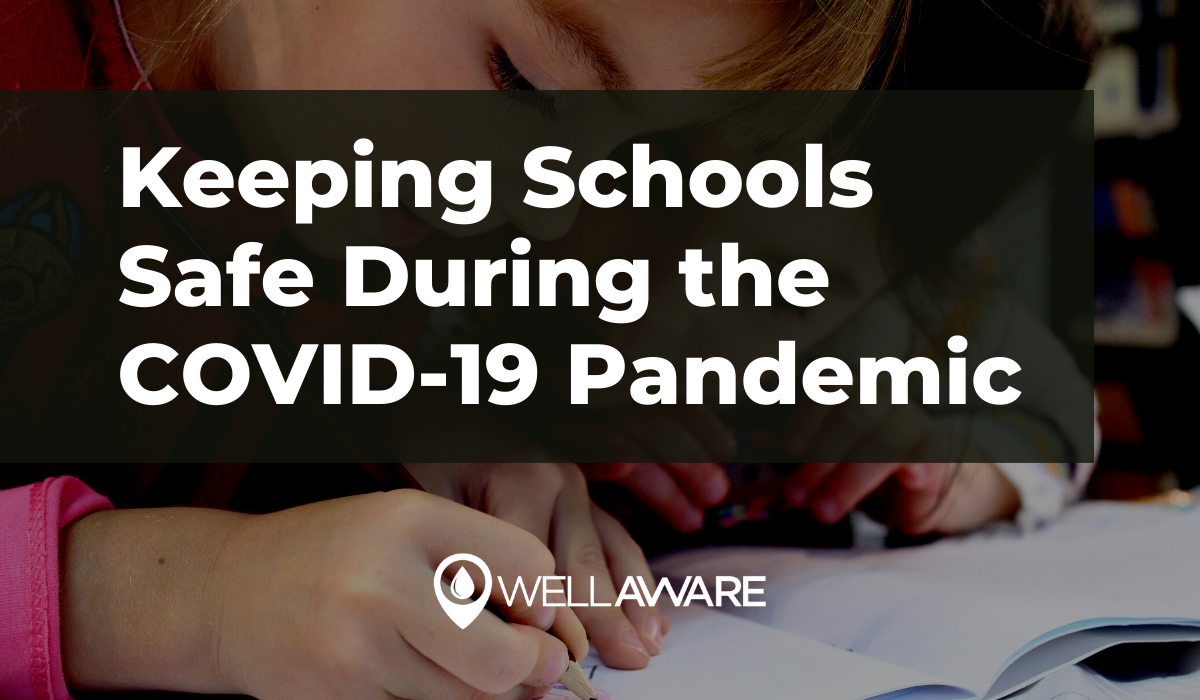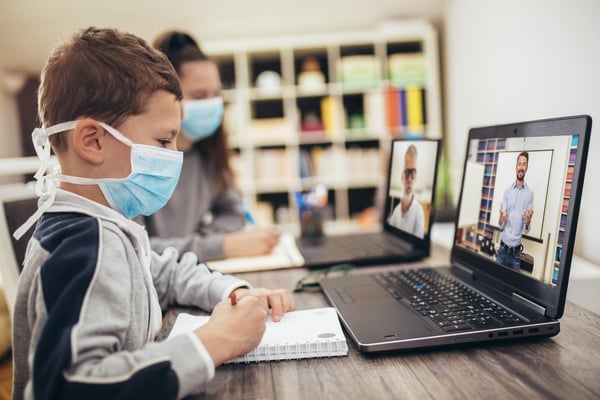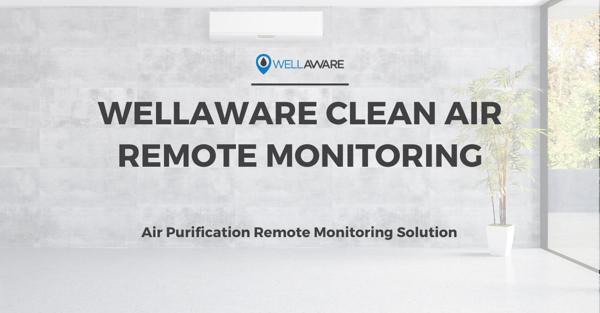
News, Insights, and more on Industrial IoT

Billions of parents and children across the world are anxiously awaiting news related to future school reopenings. In the U.S., a vast majority of states sent students home in March and April, creating a ripple effect that has upended many areas of life.
Parents of school-aged children suddenly had to navigate working from home while keeping their kids occupied. Teachers had to become experts in tele-education overnight. And school administrators are still trying to determine how to protect student and educator health when in-person teaching resumes.
From infant daycare to graduate school programs, there is a wide spectrum of institutions that require thoughtful solutions to dealing with life under COVID-19’s reign. Adding pressure to the situation is the fact that the pandemic is having a multifaceted impact on certain age groups.

The quality of education for children has been significantly compromised by COVID-19.
Not only are students missing crucial classroom time, but they all have been deprived of valuable opportunities to develop socially and emotionally. For many children, school also offers an escape from abusive or neglectful home environments.
Returning to classrooms would be tremendously beneficial for all parties involved. However, administrators cannot send students back without the proper health protections in place. The risks are simply too high.
Safely reopening schools will be a huge lift. The Senate’s education committee recently heard testimonies from leaders throughout the country that highlighted many existing concerns.
First and foremost, there are health risks. We already know that viruses spread quickly in schools. Students are in close contact with each other over long days. Some children aren’t vaccinated, and others don’t wash their hands regularly. On college campuses, there are many common spaces where large populations gather. College students also tend to be more immunocompromised due to lack of sleep and other unhealthy behaviors. For these reasons, COVID-19 can quickly spread across educational institutions and produce outbreaks that the broader community has to contain.
Second, there are economic risks. Some teachers are concerned that lower-income districts will struggle to follow recommendations given the financial burden of instituting safe health practices. Local education departments will likely have to allocate new funding for personal protective equipment (PPE), such as masks and gloves, hire additional cleaning staff and nurses, and conduct health screenings.
The School Superintendents Association and Association of School Business Officials International recently released a report that estimates the average school district will incur an additional $1.8M in expenses. At a time when states are slashing education budgets, additional costs will only add pressure for administrators.
Third, institutions might deal with significant legal challenges next semester for a variety of reasons. According to Inside Higher Education, administrators are concerned about how much power they will have to mandate testing, social distancing, and other critical practices. They feel a responsibility to protect vulnerable students and staff. However, they could face backlash for infringing on individual rights.
Some leaders are mulling having students sign consent forms or waivers. But, there are still uncertainties around how these documents would hold up in a court of law. The unprecedented nature of COVID-19 is making it hard for administrators across the board to determine the best path forward.
Although we still have a lot to learn about the novel coronavirus, there is growing evidence to suggest that COVID-19 spreads indoors more easily. Therefore, schools, daycare programs, and other educational institutions that depend on classroom learning have to be especially careful.

WellAware Clean Air Services can increase classroom safety without the need for big budgets.
In addition to sanitizing surfaces regularly, administrators must ensure their air filtration systems work properly to capture virus particles. One option on this front is to update HVAC systems for MERV 13/14 filters. However, this might not be feasible for school districts that are already strapped for cash. Upgrading air handlers, compressors, and ductwork is both costly and time-intensive.
Schools could also consider implementing UV lights or ionizers that kill bacteria. Again, this solution isn’t ideal, as some experts want to see more evidence that these types of purifiers are perfectly safe for humans.
Perhaps the best solution for those on a tight budget is to go the air purification remote monitoring route. Administrators can place portable air purification units throughout schools and track air quality in real time. Facilities managers could also adjust purification settings depending on occupancy to keep costs down. Sensor readings would also help assure teachers, students, and parents that airborne pathogens are getting filtered out of the air.
Even though air purification remote monitoring isn’t a silver bullet, it offers many advantages for the education sector, which has been hit particularly hard by COVID-19. For administrators seeking a low-cost way to enhance classroom safety, portable filtration units are a viable option.
Like what you're reading? Sign up for updates!
Have a Question?